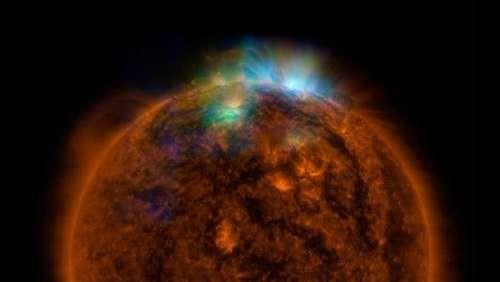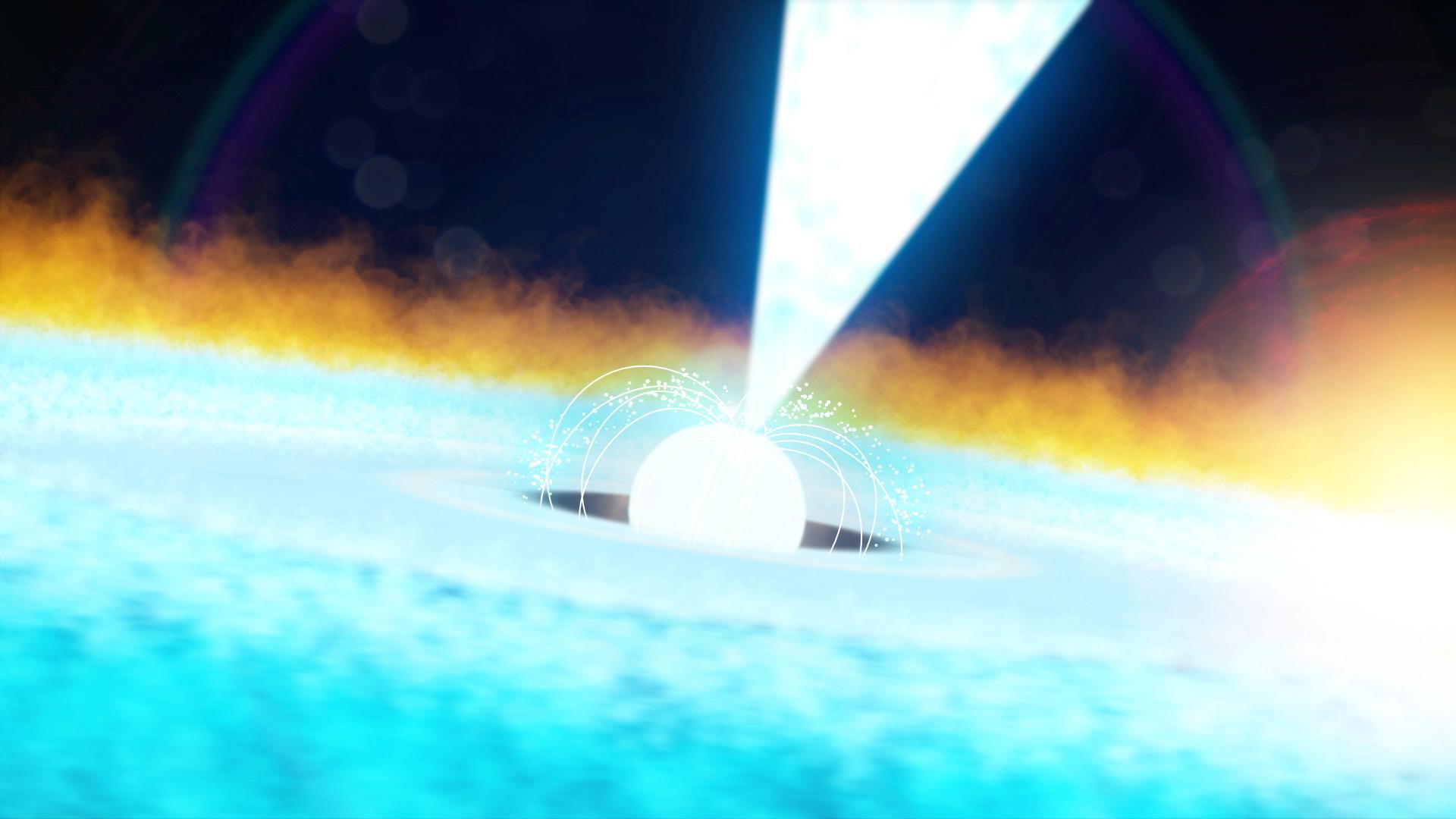Newfound Martian Aurora Sheds Light on Mars’ Changing Climate
A type of Martian aurora first identified by NASA’s MAVEN spacecraft in 2016 is actually the most common form occurring on the Red Planet, according to new results from the mission. The Martian aurora is known as a proton aurora and can help scientists track water loss from Mars’ atmosphere. On Earth, auroras are commonly seen ...













